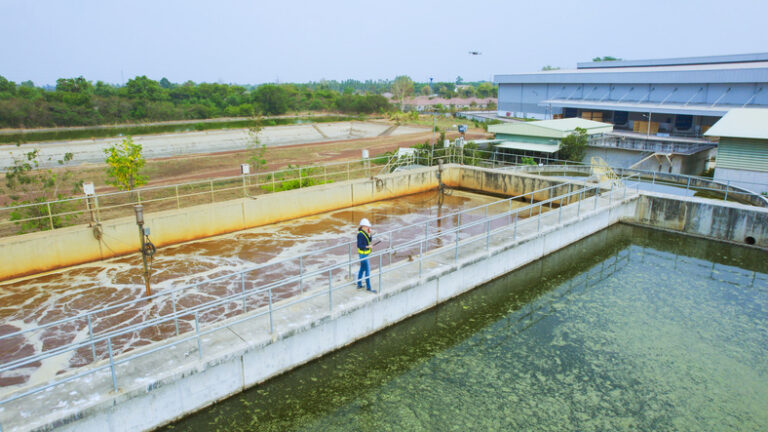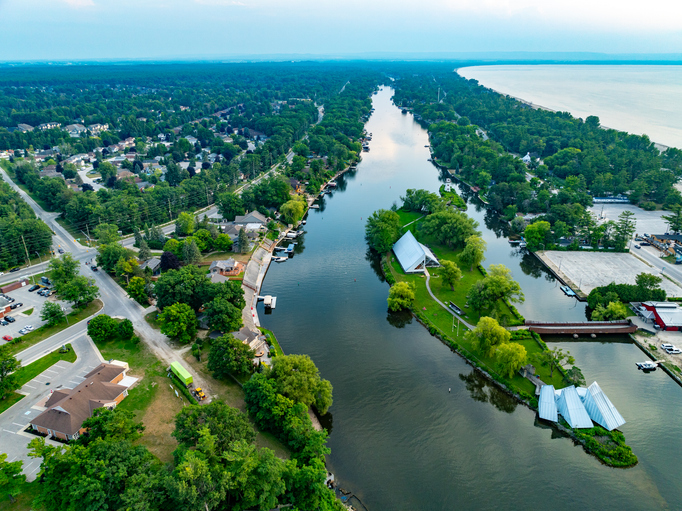In the traditional approach to developing water treatment solutions for Indigenous and non-urban communities, there is a linear relationship between source water, a drinking water treatment plant, and the community that is receiving potable water. This approach focuses on using a technology to do a certain job, like treating organic or inorganic contaminants, in a water treatment plant.
A different way to approach the design of a water treatment solution for an Indigenous and/or non-urban community is to think about who it is designed for. Operators, who are responsible for ensuring that communities receive safe drinking water, hold a number of functions in their job. In fulfilling their responsibilities, operators face a number of challenges and stressful situations.
The water industry can deliver local water solutions for Indigenous and non-urban communities if it considers the people (operators) that are using them. This can, in turn, support sustainable drinking water supplies in these communities. But how can we move forward in a more effective manner to deliver sustainable solutions for Indigenous and non-urban communities?
To explore this question in detail, Water Canada and the RESEAU Centre for Mobilizing Innovation hosted a Community Circle workshop in January 2020. About 30 attendees—including engineers, academics, and technology providers—from across the country participated in the workshop.
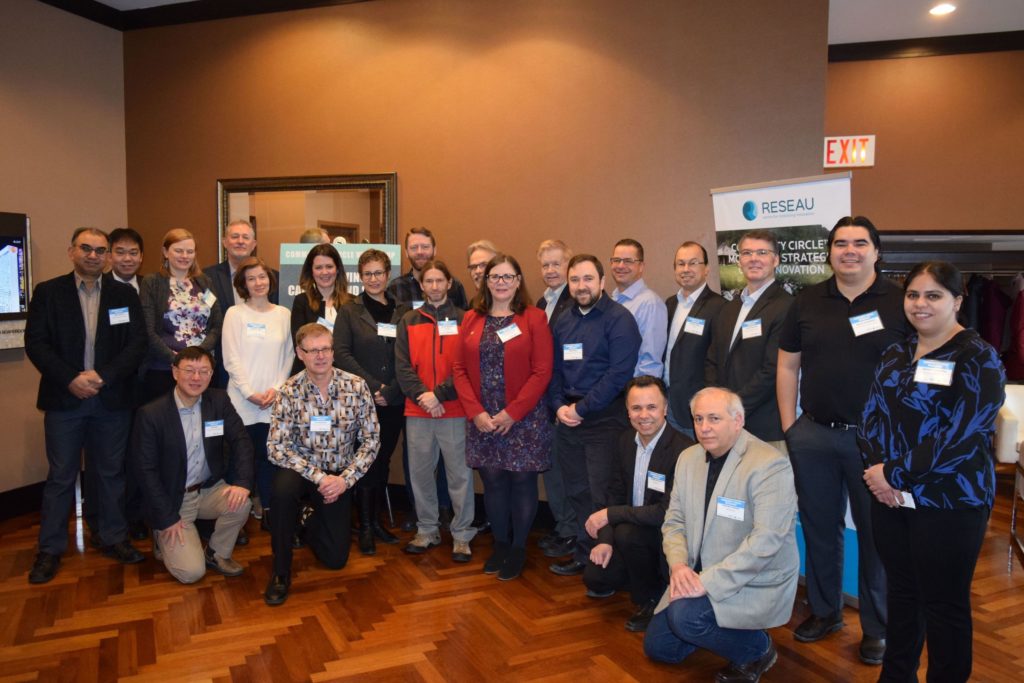
Need: Design for operator
Value proposition design is one of the approaches that can be used to design a water treatment solution for an operator. In this context, some key elements of value proposition design include:
- Ease of maintenance.
- Absence of chemicals, taste, and odour.
- Robustness of solutions.
- Awareness of water health and risks.
- Operational safety.
Going into the group discussion, participants attending the Community Circle workshop were asked about what is keeping the water industry from value proposition design. Attendees were also asked about how value proposition design could be incorporated into a project if plenty of funds were available.
Factor: Support for operator involvement
Operator engagement from the outset a project is something that was recognized by multiple attendees at the workshop. In order for this to occur, resources need to be provided to support operator participation and capacity building. This is in part because many operators can’t take a leave from their day-to-day responsibilities since they don’t have a backup that can take over in their absence.
However, inviting operators to provide input is not enough because some tend to stay quiet while technical discussions are taking place. If this is the case, the operators need to be actively prompted to provide their views. Otherwise, they may not find their participation valuable and may choose to no longer participate in meetings.
This approach, to keep operators engaged from the outset of a project, assumes that a dedicated operator is in place at the start of a project, which is not always the case. This is a barrier to value proposition design. One potential solution to overcome this barrier is to provide sufficient resources that can be used to support training and capacity building.
Factor: Language differences
When working with different communities, we need to be mindful of language differences since a word can mean different things in different languages. One workshop attendee noted that there was a case where a consultant was working on a pilot project with an operator whose first language wasn’t English. There was no word for ‘chlorine’ in the operator’s first language so the translation came out as ‘poison.’ In situations similar to this one, things can get confusing if community members are being told that poison is going to be added to their water to make it better. For this reason, language barriers to be overcome in order to build trust.
Factor: Need for qualified engineers
A number of attendees agreed that there is a need for qualified engineers to be engaged in water treatment projects. There are some engineers and companies that don’t have the knowledge needed to understand how a water treatment plant works. However, they are still able to get projects because of their low bids.
One potential solution to overcome this challenge is to move away from a low-bid selection process and move towards a qualification-based selection process. Another potential method to ensure that water treatment solutions are being designed with operators in mind could be to engage operators from the beginning of a project, since they will be the ones operating and maintaining the plant.
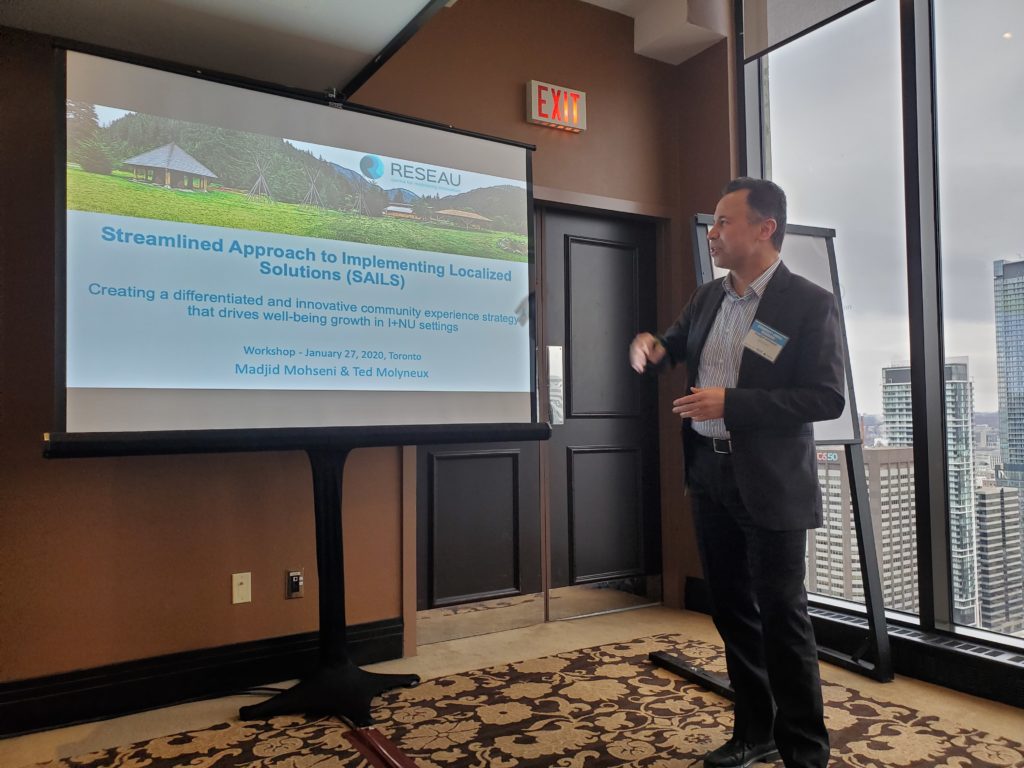
Implementing value proposition design
Ensuring that a water treatment solution is designed with an operator in mind is one of the factors that needs to be considered when implementing value proposition design. Another factor to consider is the decision-making process that is undertaken before a project is started, while a project is being undertaken, and after the project is completed.
During the Community Circle workshop, attendees were asked to consider the following questions: If I were to implement value proposition design, what would be my decision-making criteria? What are the payoffs of the decision-making criteria? What are the risks?
Influence: Building trust
The need for trust building in the decision-making process was identified by multiple attendees during the group discussion. One of the ways that this can be done is by making time for rights holders and stakeholders to get to know one another. This enables stakeholders to understand traditional perspectives related to the activities that are being undertaken in a community.
Influence: Incorporate transparency into the decision-making process
Based on input from attendees at the Community Circle workshop, transparency in the decision-making process is an important part of value proposition design.
Incorporating transparency into the decision-making process requires building trust with a particular community and ensuring that it sees the process as transparent. It also means that the stakeholders, which are engaged in a project, are aware that they are accountable to the community and that they are there to support the community. These factors combined will help develop a sustainable solution for the community.
Incorporating transparency into a decision-making process also requires that individuals involved in the project be educated about the process because they are not used to thinking this way. This takes time, which means that many more project meetings will be required go up because a paradigm shift is needed.
Influence: Understand the unique characteristics of each community
When implementing value proposition design, a factor to consider is the ‘uniqueness’ of each community. In other words, each community is unique and is going to require a unique solution.
Taking this approach means that the appropriate solution and the most cost-effective solution will be developed for each community. This solution will also have the highest level of community ownership, which will help to ensure the success of the solution in the long-term.
There are some risks associated with this approach. It takes time to understand the uniqueness of a community. In the time it takes to develop this understanding, there could be a turnover in staff. There could also be a change in Chief and Council—this may or may not change the direction of a project but more time will need to be invested by stakeholders to get acceptance.
Influence: Economic sustainability and operational viability
How much money is needed to maintain a level of service standard? How much money would we lose if this was a business that we were running?
These are some questions that need to be considered when a water treatment solution is being designed. This is because every community has a limited amount of resources available to build, commission, operate, and maintain a water treatment solution. Another factor to consider is that Indigenous Services Canada (ISC) will only provide a limited amount of resources to support a project. Despite the limited resources, a service standard still needs to be met.
When making a decision about which water treatment solution to implement, some questions for communities to consider include: What are the costs? What are the risks and complexities?
Another way to think about owning and operating a water treatment solution is to run it like a business. Is it going to lose money over the life cycle of a water treatment solution? Is there an alternative that’s available, which will meet the needs of the community and also be more affordable? Is it better to go with a different option that’s a little more complicated to operate but may be a little cheaper to replace later on and/or cheaper to sustain?
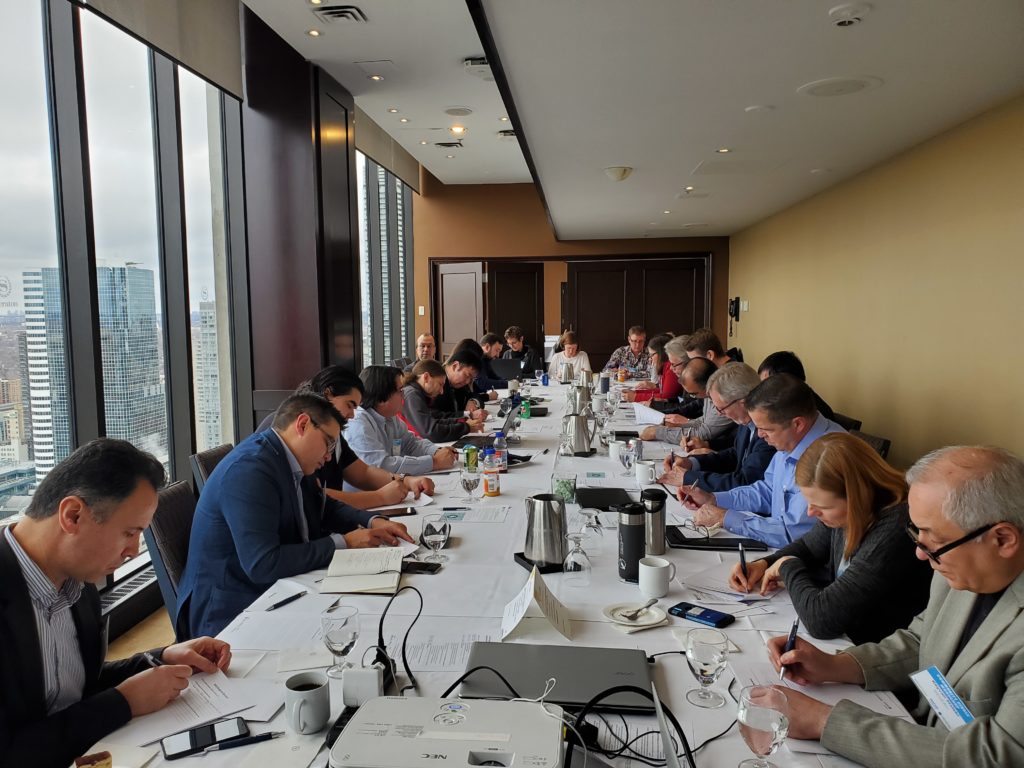
Implementing decision-making processes
In the final group exercise of the day, participants in the Community Circle workshop were asked to provide input on the implementation of an iterative decision-making process that can help develop sustainable water treatment solutions for Indigenous and non-urban communities. Some of the questions they were asked to consider include:
- Starting with the hypothesis, what creates value proposition for the community?
- What do we still need to know or answer?
- Who should be involved?
- How should we design the next test to validate improvement or viability of new experience?
Below, we have included some of the decision-making processes that were developed during the workshop.
One possible decision-making process
In one of the group discussions that took place during the Community Circle workshop, George Thorpe from BI Pure Water noted some takeaways from the discussion in his group about the steps that could be taken as part of an iterative decision-making process. The steps include:
- Gather the team: This step would include getting feedback from the community about the project and a site visit. It would also include brainstorming, defining the preliminary scope, and selecting the project manager.
- Understand client requirements: This step of the iterative decision-making process would help identify the technical, cultural, and financial requirements of the project. It would also involve engagement with the community.
- Engage contractors: Some of the tasks to undertake in this step of the process would include: budget, schedule, scope, purchase order, and funding.
- Design: The design stage of the process would include designing and documenting the water treatment solution, submitting it for review, and revising it as required. It would also include finalizing the budget and conducting a site safety review.
- Build: Some steps to undertake at this stage of the project would include: purchasing components, assembling the solution, conducting a factory acceptance test, developing an operations and maintenance manual, and having an operator undertake a review.
- Install and commission: This stage of the process would include delivering and installing the water treatment solution. It would also include performance testing and approval, commissioning, operator training, and turnover to the owner.
- Operations and maintenance: At this stage, the operator would perform repairs as needed. This stage of the process would also include follow-up training and support.
Another possible decision-making process
Based on another one of the group discussions that took place during the Community Circle workshop, Nico Paul from Indigenous Services Canada (ISC) noted that the first step when developing an iterative decision-making process would include building trust and relationships in the community. An important part of this step would be to listen actively to all of the concerns brought forward by the community.
The second step would include understanding site-specific needs and constraints. This step would involve performing assessments as required. The third step in the process would include building a streamlined approach and include a project team that would bring together the skills, political and social stakeholders, and knowledge to fill the gaps identified.
Some of the benefits of a streamlined approach include:
Academic and research perspectives: These perspectives could help build trust, which would help influence policy briefs and understanding. They could also provide additional time resources to
the community.
Industry perspectives: These perspectives could help identify constructability issues earlier in the process. They could also put in orders sooner, which would help accelerate the schedule of the project.
Operator perspectives: Engaging operators early on in a project could help identify operational issues earlier. Operator engagement throughout the process would also help foster greater stewardship.
Common takeaways about developing an iterative decision-making process
A number of group discussions, in addition to the ones above, took place to identify possible steps to undertake as part of an iterative decision-making process. Some additional takeaways, in no particular order, are included below.
Community engagement: Engaging a community throughout a decision-making process is important because this can help develop relationships and can help build trust.
Stakeholders engaged in project should start by developing an understanding of what is needed to achieve meaningful engagement. They should also take time to understand the community’s voice, which is influenced by factors such as the community’s context (e.g. social and political realities that exist within the community), history, infrastructure assets, and colonial impositions.
Developing an understanding of these factors, among others, can play an important part in ensuring that a sustainable water treatment solution is developed for a particular community.
Understanding community needs: Understanding the needs of a community by asking the right questions is an important part of an iterative decision-making process. As part of this, social, economic, and technical considerations need to be taken into account.
Operator engagement: Engaging operators in a decision-making process is important because they are the ones that operate and maintain the water treatment solution. During the decision-making process, it’s important to obtain operator acceptance when considering the advantages and disadvantages of various solutions. It’s also important to take operators into account when considering operations and maintenance after a water treatment solution has been commissioned.
This article was written by Simran Chattha, the associate editor of Water Canada, for the May/June 2020 issue of Water Canada. Access the full issue here.



